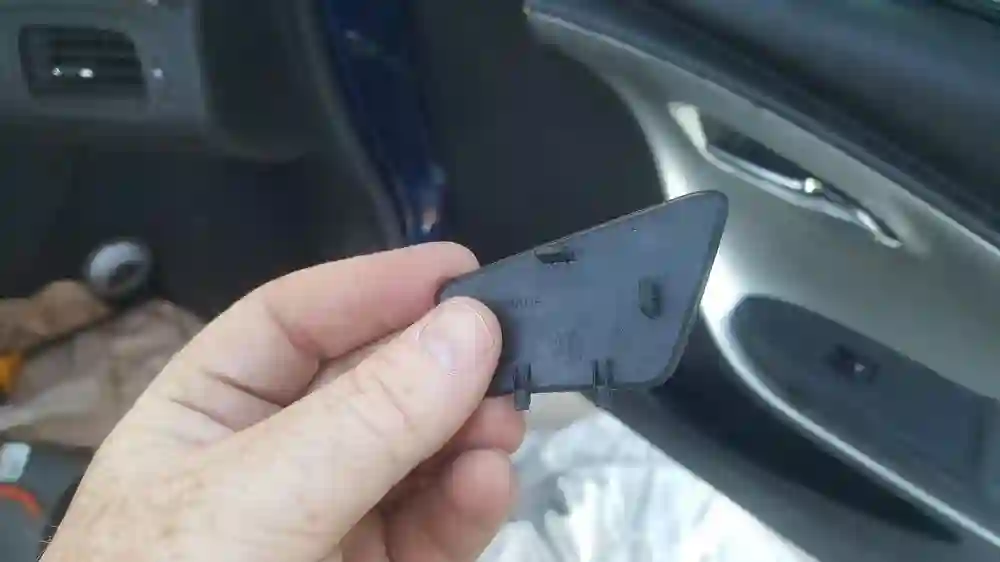Picture this: You’re driving down the highway, enjoying the breeze and your favorite tunes, when suddenly, you hear an unusual grinding noise from your car door. As you attempt to lower or raise the window, it becomes clear that your window regulator has malfunctioned. While this can be an inconvenient and unexpected situation, knowing how to handle emergency window regulator repairs can help you get through it safely and efficiently. In this article, we’ll guide you through the steps to take when faced with a malfunctioning window regulator on the road.
Understanding Window Regulators:
Before we jump into emergency repairs, let’s briefly understand what a window regulator is and why it’s essential.
A window regulator is a mechanical or electrical device in your vehicle responsible for controlling the movement of the windows. It enables you to raise or lower the windows with ease, providing ventilation, visibility, and access to fresh air. There are two primary types of window regulators:
- Manual Window Regulators: These require manual effort to crank the window up or down, typically using a hand crank.
- Power Window Regulators: Power window regulators are equipped with an electric motor that automates the window’s movement. You can control the windows with the press of a button or the flip of a switch.
The Importance of Functional Window Regulators:
Window regulators are crucial for several reasons:
- Security: Functional window regulators ensure that your car’s windows can be fully closed and sealed, preventing unauthorized access to the vehicle’s interior.
- Weather Protection: They protect you from the elements, ensuring that rain, wind, and debris stay outside the car.
- Safety: In case of an accident or emergency, fully functional windows can be crucial for a quick exit or rescue.
Emergency Window Regulator Repairs:
When your window regulator malfunctions while you’re on the road, here are the steps to take to address the situation:
- Assess the Issue: The first step is to assess the nature of the problem. Is the window stuck in the open or closed position? Does it make unusual noises when you try to move it? Understanding the issue will help you determine the appropriate course of action.
- Safety First: If you’re driving when the issue occurs, prioritize safety. Keep your focus on the road, maintain control of your vehicle, and pull over to a safe location when it’s safe to do so. Avoid trying to fix the window while driving.
- Manually Close the Window (Manual Regulators Only): If you have a manual window regulator, you can attempt to manually close the window using the hand crank. Locate the crank handle near the window and turn it in the appropriate direction to close the window. Keep in mind that this may require some effort, especially if the regulator is damaged.
- Disable Power Windows (Power Regulators Only): If your car has power windows, it’s essential to disable the power function to prevent further damage. Locate the window switch for the malfunctioning window and disconnect the electrical connection. This will prevent any accidental attempts to raise or lower the window using the switch.
- Secure the Window: Depending on the position of the window, secure it in the closed position using temporary measures. You can use adhesive tape, clear plastic sheeting, or even a plastic bag to cover the window opening and keep out rain and wind. Make sure it’s tightly sealed to provide adequate protection.
- Seek Professional Repairs: While emergency measures can help temporarily, they are not a permanent solution. To address the window regulator issue properly, seek professional repairs as soon as possible. A qualified technician will diagnose the problem and perform the necessary repairs or replacements.
- Consider Passenger Comfort: If you have passengers in your vehicle, ensure their comfort and safety by addressing the issue promptly. Make them aware of the situation and the temporary measures you’ve taken to secure the window.
Preventing Emergency Repairs:
While it’s impossible to predict when a window regulator might malfunction, there are steps you can take to reduce the likelihood of facing an emergency situation:
- Regular Maintenance: Periodically inspect and maintain your window regulators. Lubricate the moving parts according to the manufacturer’s recommendations and address any issues promptly.
- Avoid Excessive Force: When operating your windows, avoid using excessive force. If you encounter resistance or unusual noises, stop immediately and have the issue checked.
- Protect Against Weather: If you anticipate inclement weather, such as heavy rain or snow, consider parking your car in a garage or covered area to reduce exposure to the elements.
- Use Caution with Power Windows: Be cautious when using power windows, especially in extreme conditions. Avoid rolling down the windows in extremely cold weather or when there’s heavy snow or ice buildup, as this can strain the regulator.
Conclusion:
Facing a malfunctioning window regulator while on the road can be an unexpected inconvenience. However, knowing how to handle the situation with calm and caution can help you address the issue safely and minimize further damage. Remember that emergency measures are temporary, and seeking professional repairs is essential to ensure the long-term functionality of your window regulators. Regular maintenance and responsible operation of your windows can also help prevent emergency situations and keep your car’s windows working smoothly.


